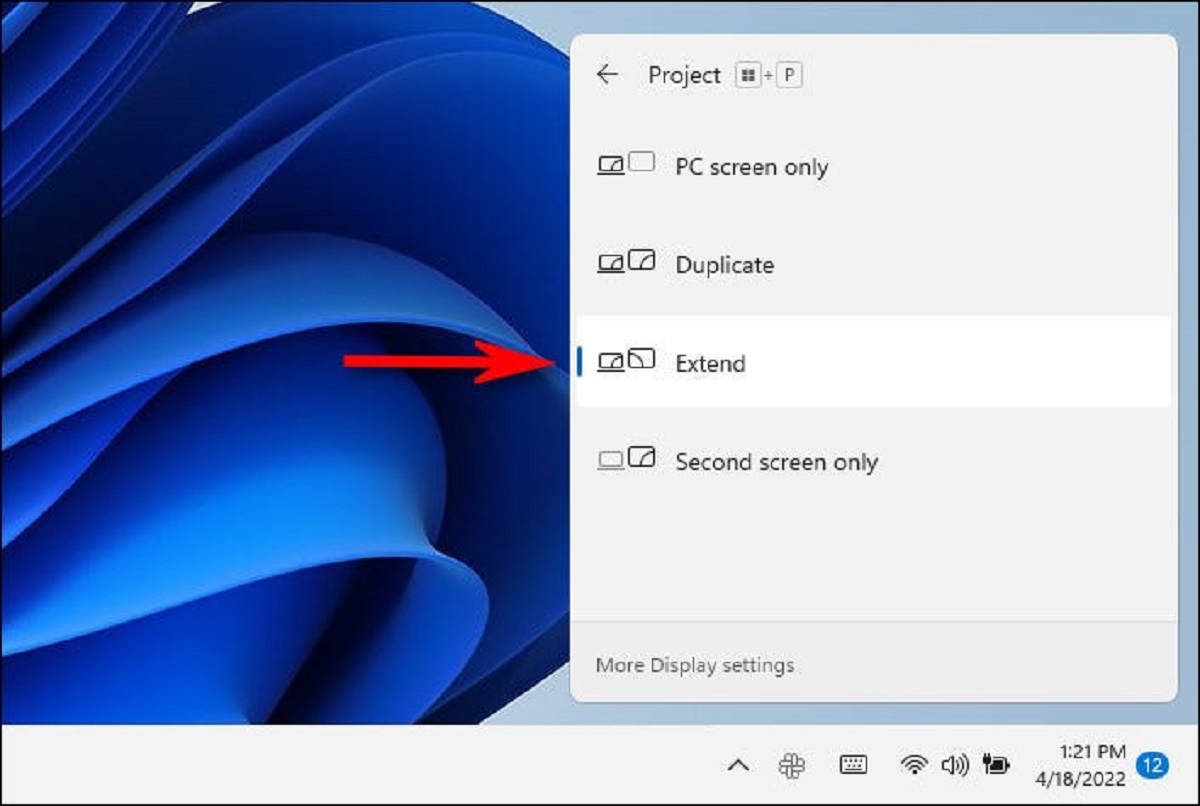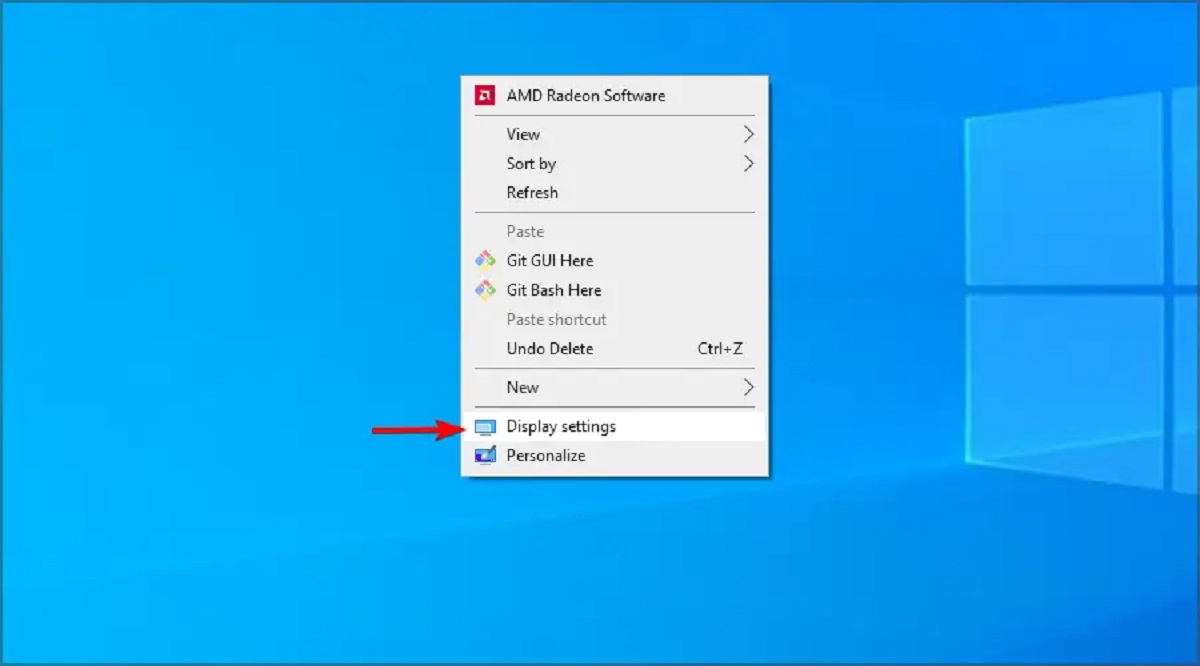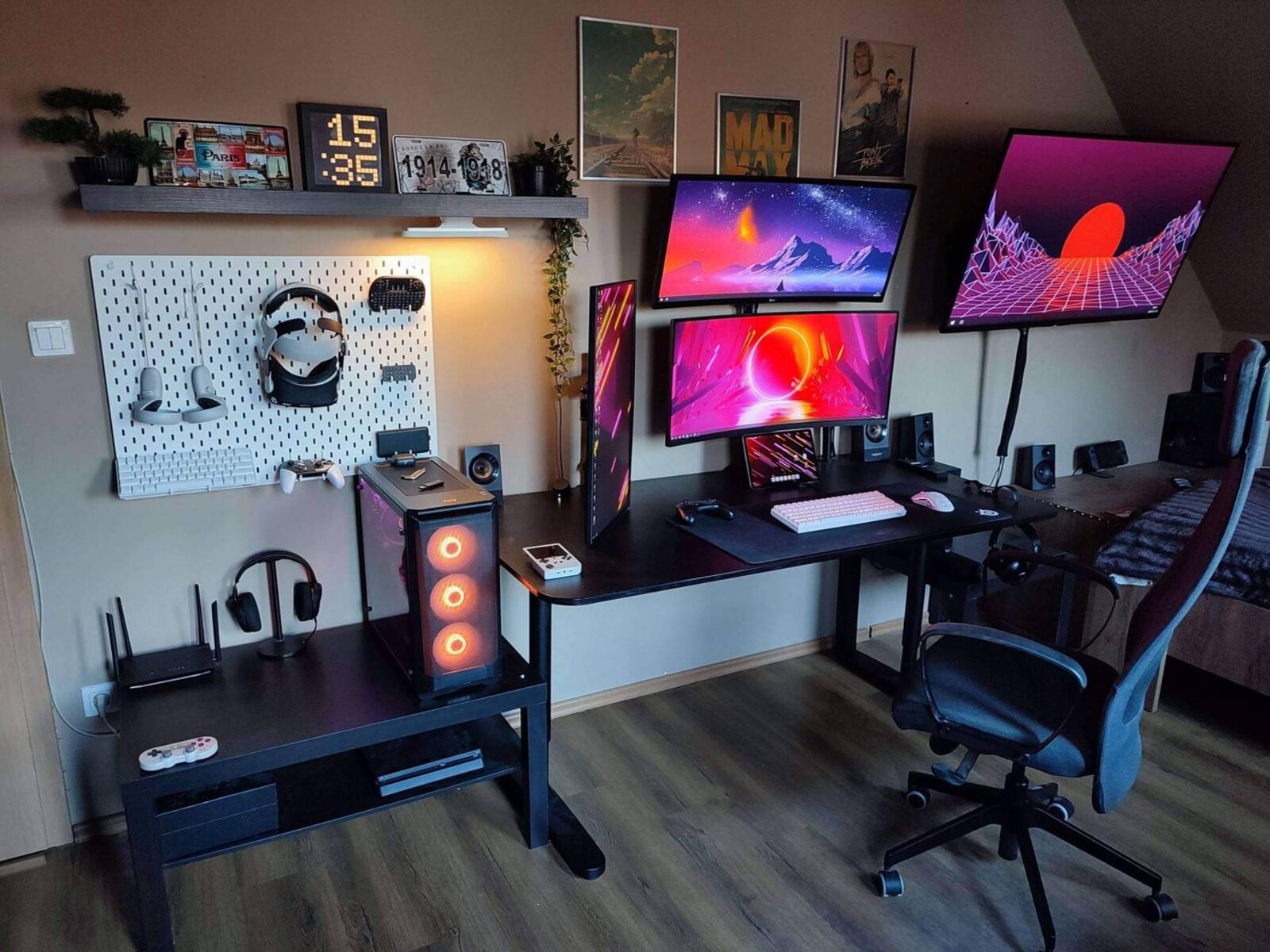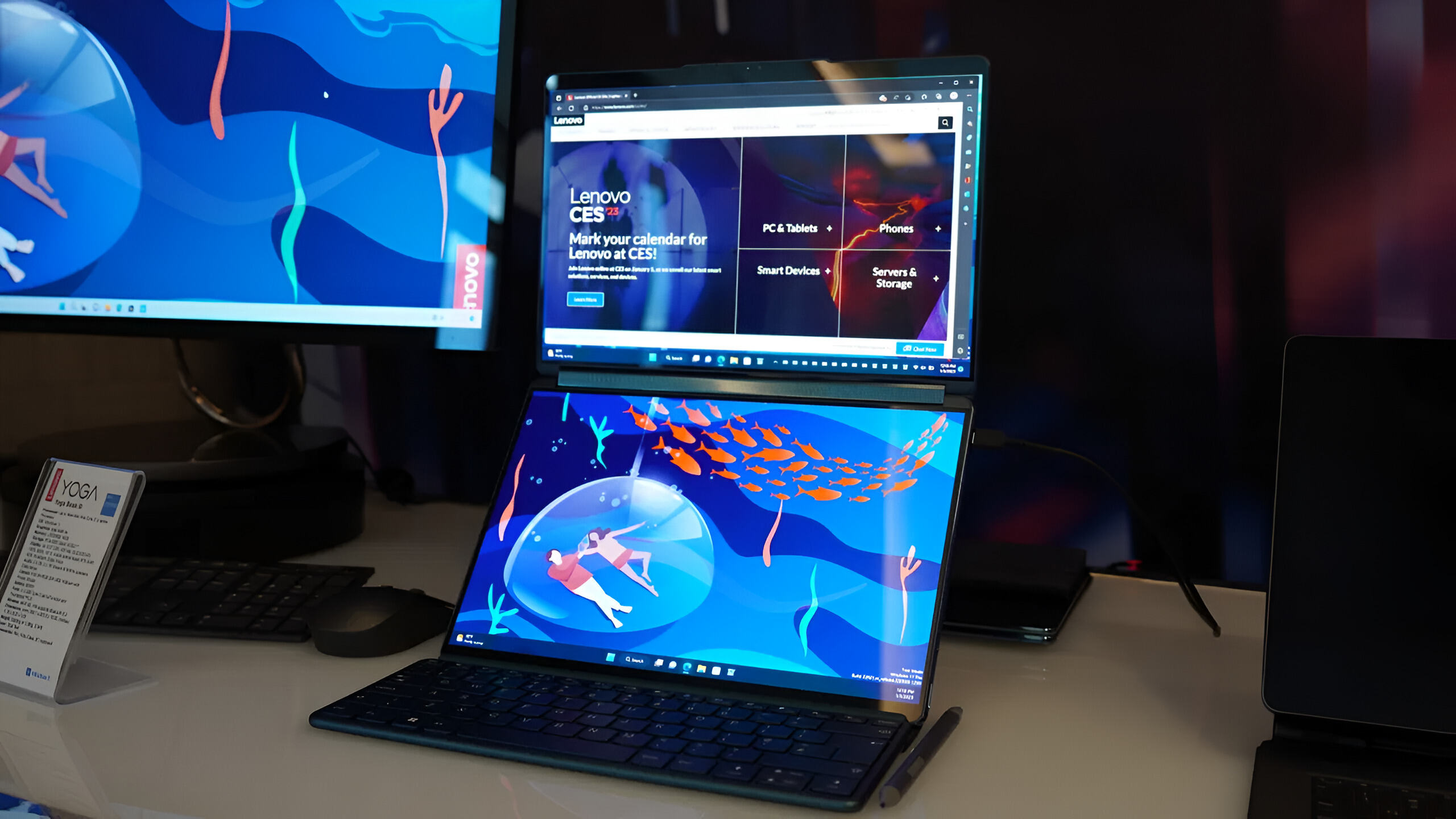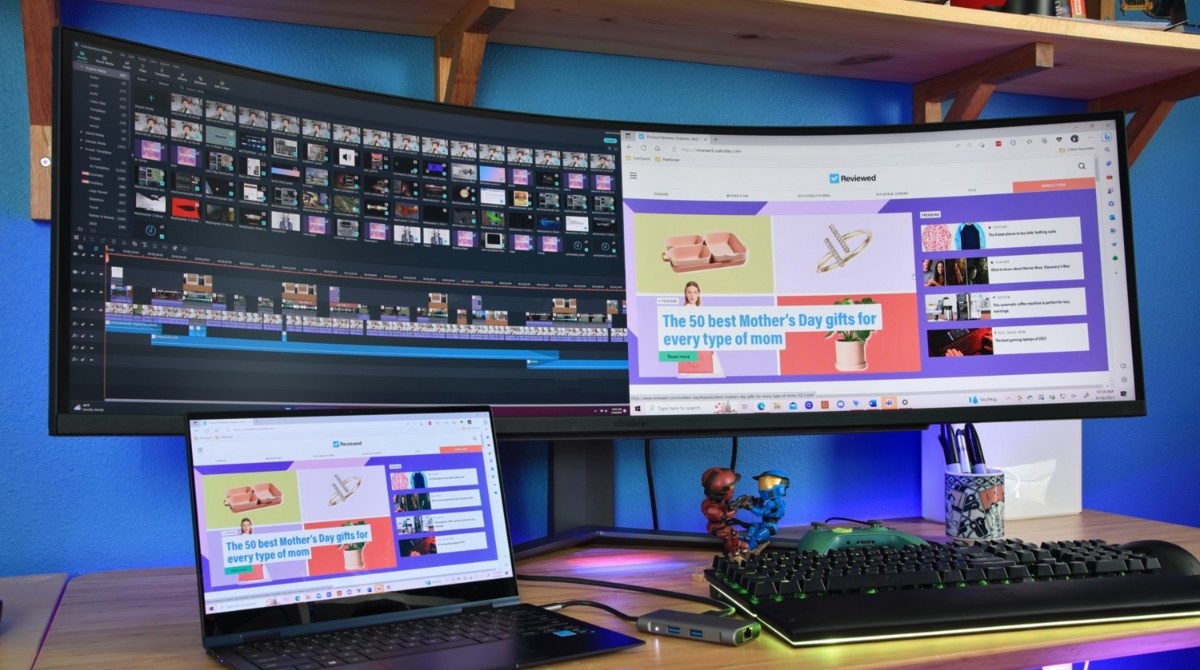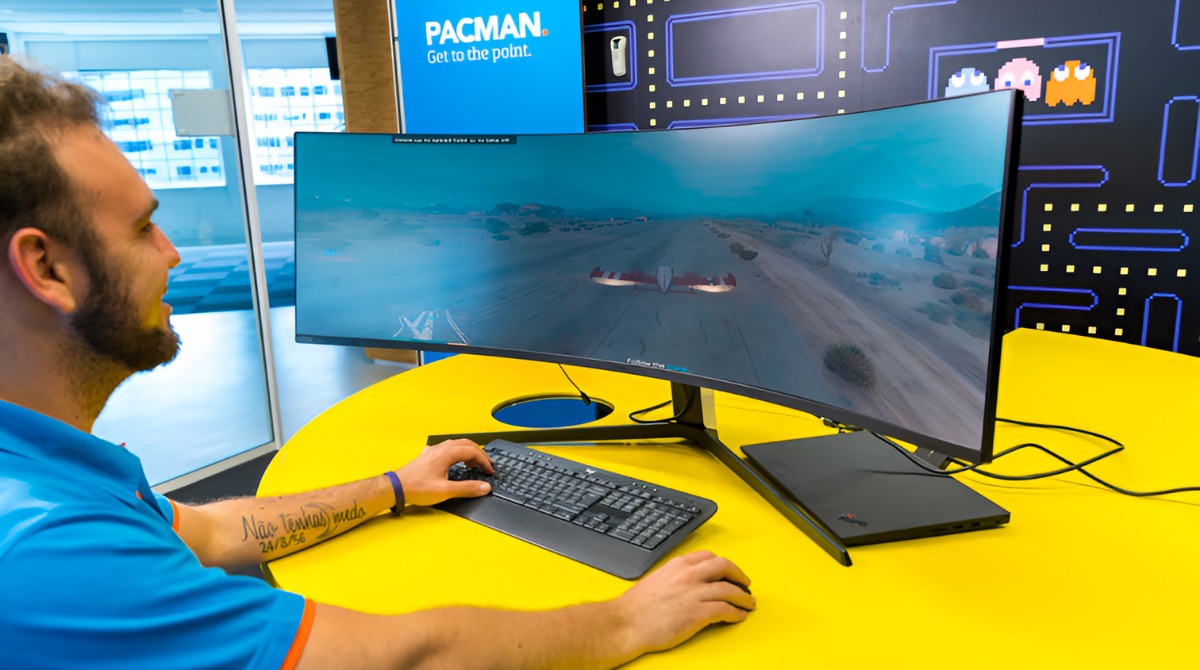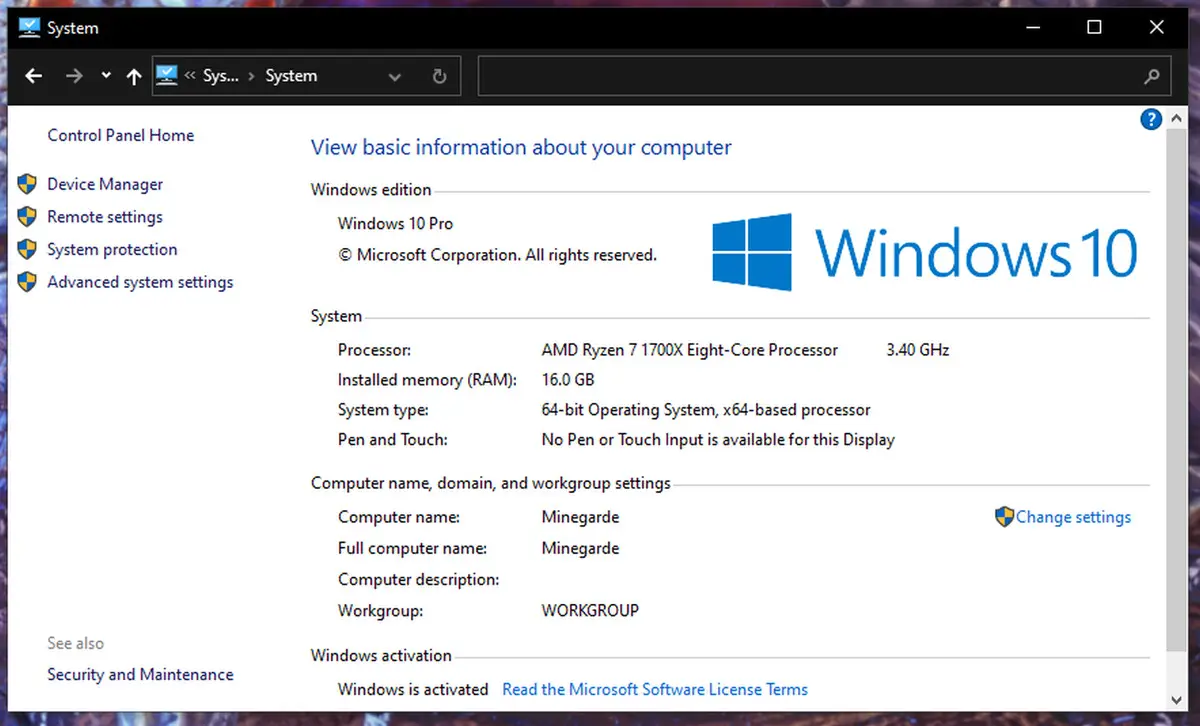Introduction
With the increasing popularity of multi-monitor setups, it’s essential to know how to move windows to another monitor effortlessly. Whether you’re a professional who needs to optimize productivity or a gamer who wants to have an immersive gaming experience, being able to move your windows to a different monitor can greatly enhance your workflow and enjoyment.
In this article, we will explore various methods to accomplish this task, ranging from built-in Windows features to third-party tools. So, whether you’re using Windows 10, Windows 8, or even an older version, we’ve got you covered!
Determining the most efficient and convenient method will depend on your specific preferences and requirements. Some people may prefer using keyboard shortcuts for quick window movement, while others may find the drag-and-drop method more intuitive. Additionally, there are specific methods for moving windows using the taskbar and Windows display settings. We’ll explore each of these options, providing detailed instructions to make the process seamless and hassle-free.
Furthermore, if you’re looking for additional customization options or advanced features, we’ll also discuss some popular third-party tools that can optimize your multi-monitor experience even further.
By the end of this article, you’ll have a comprehensive understanding of different techniques to move windows between monitors, allowing you to make the most out of your multi-monitor setup. So, let’s get started and discover the various ways to effortlessly move your windows to another monitor!
Determine the Layout
Before diving into the methods of moving windows to another monitor, it’s essential to determine the layout of your multi-monitor setup. This will ensure that you have a clear understanding of how your monitors are positioned and help you make more informed decisions when it comes to moving windows.
One of the key factors to consider is the physical arrangement of your monitors. Are they positioned side by side, in an extended display setup, or perhaps one above the other? Understanding the physical layout will dictate the direction in which you can move windows to different monitors.
Another crucial aspect is the alignment of your monitors in the software settings. By accessing the display settings in Windows, you can adjust the position of each monitor to match its physical location. This ensures that moving windows between monitors follows a logical and intuitive sequence.
In addition to the physical and software layout, it’s also important to consider the resolution and scaling settings of your monitors. If one monitor has a higher resolution or different scaling setting than others, moving windows between them may affect how the content is displayed. It’s important to keep this in mind and make necessary adjustments to maintain consistency across monitors.
Once you have a clear understanding of the layout of your multi-monitor setup, you’ll be better equipped to choose the most suitable method for moving windows. For example, if your monitors are positioned side by side, you may prefer using keyboard shortcuts to quickly move windows left or right. On the other hand, if you have one monitor positioned above the other, you may find the drag-and-drop method more convenient.
Remember, everyone’s multi-monitor setup is unique, and what works for one person may not work for another. Take the time to explore and experiment with different methods to find the one that suits your specific setup and workflow.
Now that we have a solid grasp on determining the layout of your multi-monitor setup, let’s explore some of the most effective methods for moving windows to another monitor.
Keyboard Shortcuts
One of the quickest and most efficient ways to move windows between monitors is by utilizing keyboard shortcuts. Windows operating systems offer a range of shortcuts that allow you to easily move windows around your multi-monitor setup without the need to manually drag and drop.
Here are some commonly used keyboard shortcuts for moving windows between monitors:
- Windows key + Left/Right arrow keys: This combination allows you to move the active window to the left or right monitor, depending on the direction you choose.
- Windows key + Shift + Left/Right arrow keys: By holding down the Shift key while pressing the left or right arrow key, the window will be moved to the corresponding monitor while maintaining its size.
- Windows key + Shift + Up/Down arrow keys: If you have monitors positioned vertically, this combination allows you to move the active window between the upper and lower monitors.
- Windows key + Shift + M: This shortcut restores any minimized windows on the current monitor.
- Windows key + Tab: This shortcut opens the Task View interface, which allows you to view and move windows between monitors using the arrow keys.
These keyboard shortcuts provide a convenient and efficient way to navigate windows across your multi-monitor setup. By mastering these shortcuts, you can effortlessly rearrange your windows, optimizing your workflow and productivity.
It’s worth noting that the availability of certain keyboard shortcuts may vary depending on your specific operating system version. Additionally, some keyboard shortcuts may be customized or disabled if you’re using third-party software or utilities to enhance your keyboard functionality.
Take the time to familiarize yourself with these keyboard shortcuts and practice using them in your daily workflow. Once you become comfortable with these shortcuts, you’ll be able to move windows between monitors with lightning speed.
Now that we’ve explored the power of keyboard shortcuts, let’s move on to the next method of moving windows: the drag-and-drop method.
Drag-and-Drop Method
If you prefer a more hands-on approach, the drag-and-drop method allows you to move windows between monitors by simply clicking and dragging them across the screen. This method is intuitive and can be easily mastered with a few simple steps.
Here’s how you can use the drag-and-drop method to move windows:
- Click on the title bar of the window you want to move and hold down the left mouse button.
- While holding the left mouse button, drag the window to the desired monitor.
- Release the left mouse button to drop the window onto the new monitor.
By following these steps, you can seamlessly move windows between monitors using the drag-and-drop method. This method is especially useful when you want to position windows precisely on a specific monitor or rearrange them quickly.
It’s important to note that the drag-and-drop method may have slight variations depending on the version of Windows you are using. Some versions of Windows may require you to drag the window to the edge of the screen to trigger the movement to a different monitor. Additionally, certain applications may have specific behavior when it comes to dragging and dropping windows, so it’s always a good idea to experiment and learn how your specific setup works.
With the drag-and-drop method, you have the flexibility to position windows exactly where you want them on your multi-monitor setup. Whether you’re working with multiple applications side by side or want to dedicate specific monitors for certain tasks, this method provides a visual and interactive way to arrange your windows effortlessly.
Now that we’ve explored the drag-and-drop method, let’s move on to another method that utilizes the taskbar to move windows between monitors.
Taskbar Method
The taskbar in Windows provides a convenient way to manage and move windows between monitors. By leveraging the taskbar, you can easily identify and switch between open windows on different monitors, making it a convenient method for organizing your workspace.
Here’s how you can use the taskbar to move windows between monitors:
- Locate the application icon on the taskbar for the window you want to move.
- Right-click on the application icon to open the context menu.
- In the context menu, hover your mouse over the “Move” option.
- In the sub-menu that appears, select one of the arrow keys corresponding to the direction you want to move the window (e.g., “Move Left,” “Move Right,” “Move Up,” “Move Down”).
By following these steps, the window will be moved to the desired monitor in the specified direction. This method offers a quick and easy way to reposition windows without the need for dragging and dropping.
It’s important to note that the taskbar method might have some variations depending on your Windows version and settings. Some versions may require different steps to access the context menu or may offer additional options for arranging windows.
Using the taskbar method can be particularly useful when you have multiple windows open across different monitors and need to quickly navigate between them. It helps streamline your workflow by providing a centralized location for managing and moving windows on your multi-monitor setup.
Now that we’ve explored the taskbar method, let’s move on to another option: using the Windows display settings.
Windows Display Settings
The Windows display settings offer a built-in method for managing and controlling how windows are displayed on your multi-monitor setup. This method provides a more comprehensive approach to adjusting and moving windows, allowing you to fine-tune their placement and behavior.
Here’s how you can use the Windows display settings to move windows between monitors:
- Right-click on an empty area on your desktop and select “Display settings” from the context menu.
- In the display settings window, you will see a visual representation of your monitors. Locate the monitor on which the window you want to move is currently displayed.
- Click and drag the monitor icon to reposition it in the desired order or arrangement.
- Click on the “Apply” button to save the changes.
By following these steps, you can adjust the physical layout of your monitors in the display settings, which can impact how windows are moved between monitors. Windows will recognize these changes and adapt the movement of windows accordingly.
In addition to rearranging monitors, the display settings also allow you to customize various aspects such as resolution, scaling, and orientation for each monitor individually. These adjustments ensure that the windows are correctly sized and positioned on each monitor, providing a consistent and comfortable viewing experience.
Keep in mind that while the Windows display settings provide a powerful and versatile way to manage windows on multi-monitor setups, the changes you make take effect system-wide. This means that all applications and windows will adhere to the new settings. It’s essential to consider the implications of these changes and ensure they align with your intended layout and preferences.
Now that we’ve explored the Windows display settings method, let’s move on to the final section, where we’ll discuss some third-party tools that can further enhance your multi-monitor experience.
Third-Party Tools
While Windows provides built-in methods for moving windows between monitors, there are also third-party tools available that can enhance and expand the capabilities of your multi-monitor setup. These tools offer additional features, customization options, and convenience that can further optimize your workflow and productivity.
Here are some popular third-party tools for managing windows on multi-monitor setups:
- DisplayFusion: This tool offers advanced features like multi-monitor taskbars, customizable hotkeys, window management profiles, and more. It provides extensive customization options to tailor your multi-monitor experience to your specific needs.
- Actual Multiple Monitors: With this tool, you can extend the built-in capabilities of Windows by adding features like taskbar on each monitor, individual wallpaper settings, mouse shortcuts, and additional window management options.
- Ultramon: This tool focuses on enhancing the taskbar functionality for multi-monitor setups. It adds features like multi-monitor taskbar buttons, customizable shortcuts, and window management tools to improve navigation and organization across screens.
These third-party tools offer a range of advanced features and functionalities that go beyond what is available in the native Windows settings. They provide more control, customization, and convenience for managing and moving windows on your multi-monitor setup.
When considering using third-party tools, it’s important to research and choose a reputable and trusted software solution. Read user reviews, evaluate the features that are most important to you, and ensure compatibility with your specific operating system version.
While these tools can significantly enhance your multi-monitor experience, it’s worth noting that they may come at an additional cost or offer free versions with limited features. Assess your requirements and priorities to determine if investing in third-party software is the right choice for you.
Now that we’ve explored some popular third-party tools, let’s conclude our discussion on moving windows to another monitor.
Conclusion
Moving windows between monitors is a crucial skill for anyone with a multi-monitor setup. Fortunately, Windows provides several built-in methods that make this process quick and seamless. By utilizing keyboard shortcuts, drag-and-drop, taskbar functionality, and Windows display settings, you have a range of options to choose from based on your preferences and requirements.
Keyboard shortcuts offer a convenient and efficient way to move windows across monitors with just a few key combinations. The drag-and-drop method provides a hands-on approach, allowing you to visually arrange and reposition windows as needed. The taskbar method simplifies the process by using the context menu to move windows in specific directions. The Windows display settings offer a comprehensive approach to adjusting the layout and customizing each monitor’s behavior.
If you’re looking to further enhance your multi-monitor experience, third-party tools like DisplayFusion, Actual Multiple Monitors, and Ultramon can provide additional features and functionalities tailored to your specific needs.
Remember to consider factors such as monitor arrangement, resolution, scaling, and compatibility with your operating system when deciding on the best method for moving windows between your monitors. Take the time to explore and experiment with different methods until you find the one that works best for you.
With the knowledge and techniques shared in this article, you can effectively move windows between monitors, optimize your workspace, and boost your productivity. So, whether you’re a professional seeking an efficient workflow or a gaming enthusiast looking to immerse yourself in your games, mastering the art of moving windows to another monitor is a valuable skill to have.
Now, go ahead and make the most out of your multi-monitor setup by seamlessly moving windows and creating a personalized and efficient working environment!







